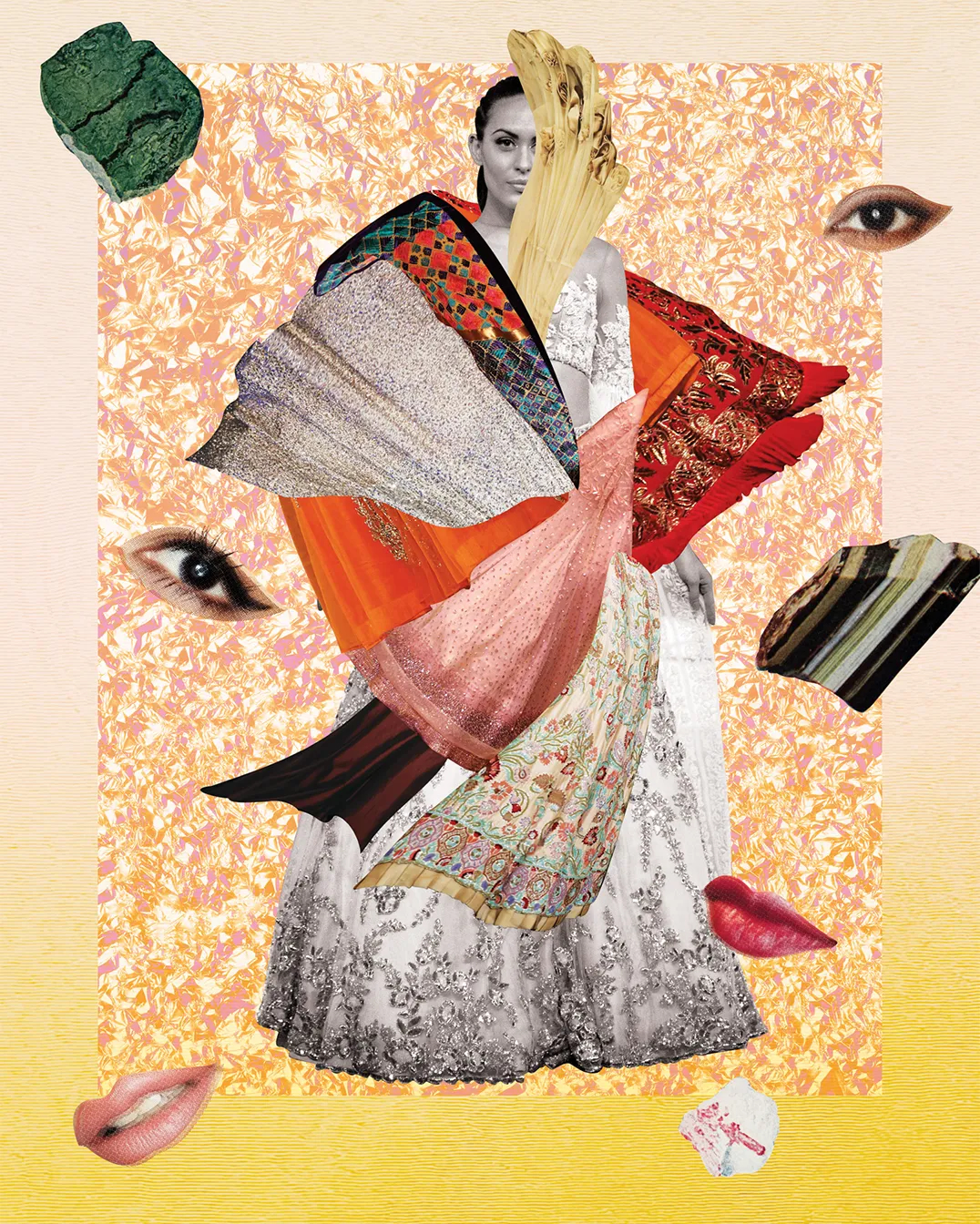The Journey Of 4 Dream Bridal Couturiers: Manish Malhotra
Verve takes a close look at four bridal couture giants, who between them can bring to life the wedding fantasies of young women whose tastes lie across the style spectrum. We trace the individual trajectories of these weavers of dreams…

Manish Malhotra
Redefining The Bollywood Bride
Before there was Instagram, before the latest collections were live-streamed from the runways, before the barrage of information, Manish Malhotra was one of the first influencers in Indian fashion. His outfits for Bollywood’s biggest stars were an inspiration for those who didn’t have access to fashion magazines or didn’t read them and for NRIs it was a way to keep up to date with what was happening in the country. Malhotra inspired millions of bridal dreams in the late ’90s and early 2000s with his costume design for Dilwale Dulhania Le Jayenge (1995), Kuch Kuch Hota Hai (1998) and Kabhi Khushi Kabhie Gham (2001).
“He redefined traditional Indian clothes through his work in films,” says fashion writer Shradha Agarwal. “He dramatised classic Indian silhouettes, and added a touch of bling and sensuality.” He gave us new bridal hues (gold, peach, blue, nude), the sharara, and an opulent look with big jewellery. “The backs of his designs are phenomenal; there is always a surprise there because he wants women to make a statement, even when they are walking away.”
Along with these modern elements, which were apparent in the early years of Manish Malhotra the label, he also integrated colour blocking, sequinned saris and his love for drama into his collections. But we get ahead of ourselves. Before he launched his label in 2005, Malhotra had already started designing for brides. His first bride was Chunky Panday’s wife, Bhavana, for whom he made a blue lehnga in 1997. But this one-off led to a steady stream of orders for big weddings when he launched the store Reverie, in 1999, with Yash and Avanti Birla, and continued when he joined Sheetal Design Studio. “What I learnt was that if you have to stand out, you have to have some kind of USP and that’s when I introduced styling — the hair and make-up and the entire look. That’s when my work got so popular.”
Over time Malhotra has proven his mastery over processes, techniques and finishes, and remained unafraid of staying true to himself. “I’ve learnt on the job, because as a designer I’m untrained and self-taught,” says Malhotra. “I’m relentless, and I need to get it right. I’m also patient enough to give it time, and to go over my mistakes. Over the past years, I have found my own voice. The quality, look, fabric, and embroidery have become better; I have understood the medium and the buyer.”
It’s a claim that is backed up by his work. From 2012 onwards, Malhotra has been experimenting with embroidery techniques like phulkari, chikankari, mirror-work, sozni, gota and zari. His Autumn/Winter 2013 Threads of Emotion collection was part of the Philadelphia Museum of Art’s Phulkari exhibition in 2017. “Earlier, we were trying to do so much, but now there’s a certain focus.”
Malhotra picks a midnight blue lehnga from his 2013 couture showcase (worn by Deepika Padukone) as a game changer, marking the coming of age of the label. “Presenting a bridal outfit in an unconventional colour made a huge statement about our design direction and was personally a big step for me,” he says. Malhotra likes to take calculated risks. The use of khaki as a wedding colour and the dark wine outfit at the Amazon India Couture Week (AICW) 2015 — worn by Aishwarya Rai Bachchan — were far from traditionally bridal.
“His transformation from costumes to couture is no mean feat,” says brand and business development consultant Aparna Roddam. His work in film has bestowed him with a keen understanding of how to assimilate modern glamour with tradition. And there is an entire generation of young brides who will vouch for it. They know he can work with the latest trends without being too over the top; some of the standouts are chic saris with off-shoulder blouses, fringed dupattas that are pre-stitched to blouses for a cocktail lehnga, and embellished gowns with cinched waists.
Malhotra’s brand rests on the desire for youthfulness, freshness, bling, and the feeling of being a star. So, chikankari is sprinkled with glitter, museum-quality embroidery has cut-outs to show off the bodies that brides have worked so hard to attain, and experimental separates like capes, corset blouses and crop tops come into play. He stays away from voluminous Cinderella-like skirts and ball gowns, and focuses on silhouettes such as fitted lehngas, ruffled bouffant blouses and slinky kaftans with cigarette pants.
Today clients no longer care about how he dressed which film star, nor do they ask him to recreate looks from movies. “They are looking at the whole outfit — the embroidery, the price, the cut,” says Malhotra. “Today, if I had to leave films, it wouldn’t affect my brand in the least.”